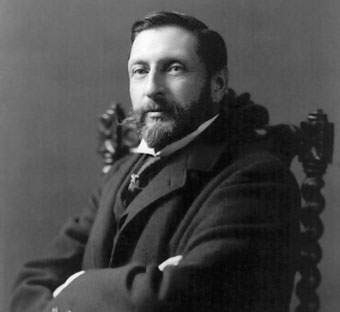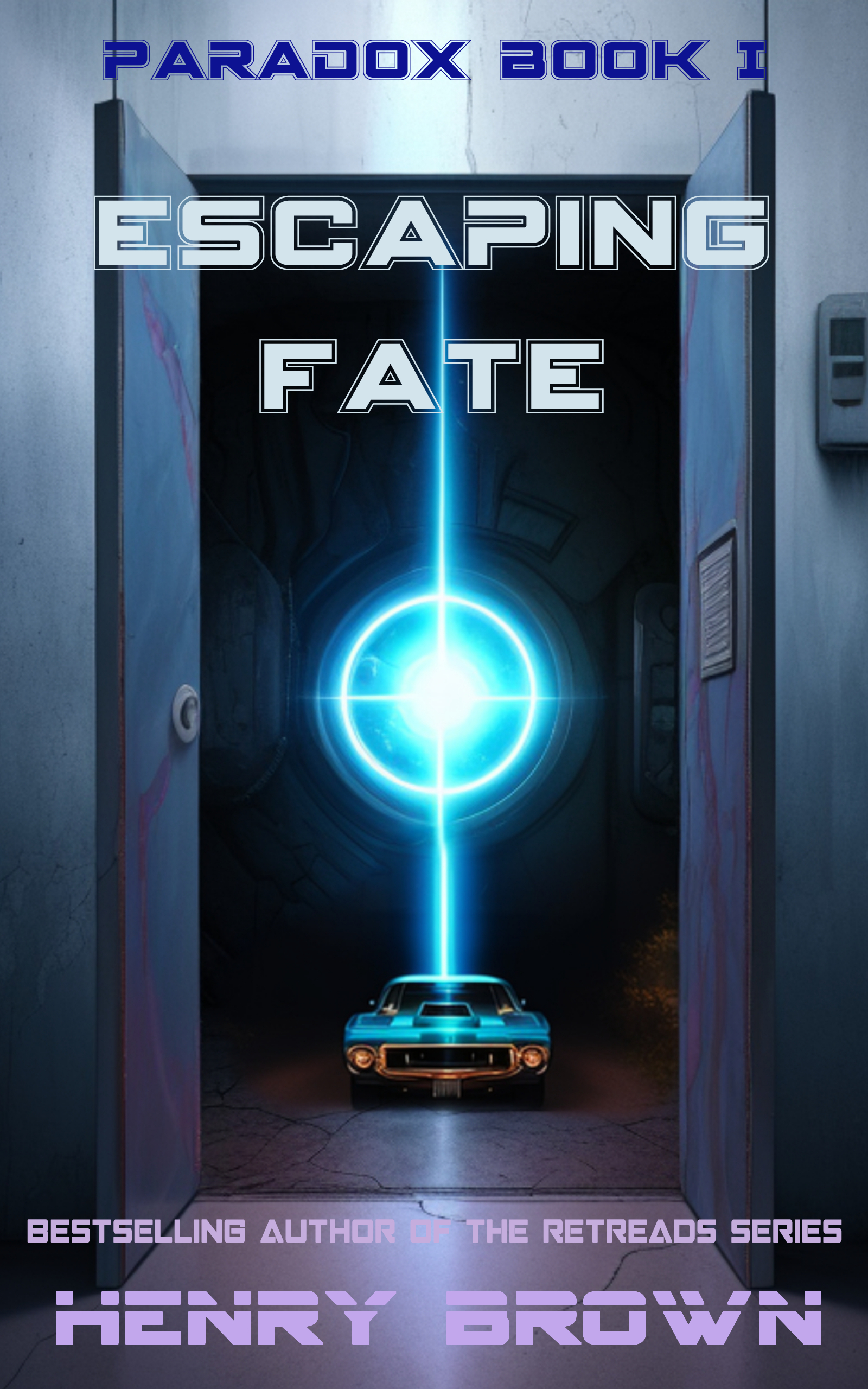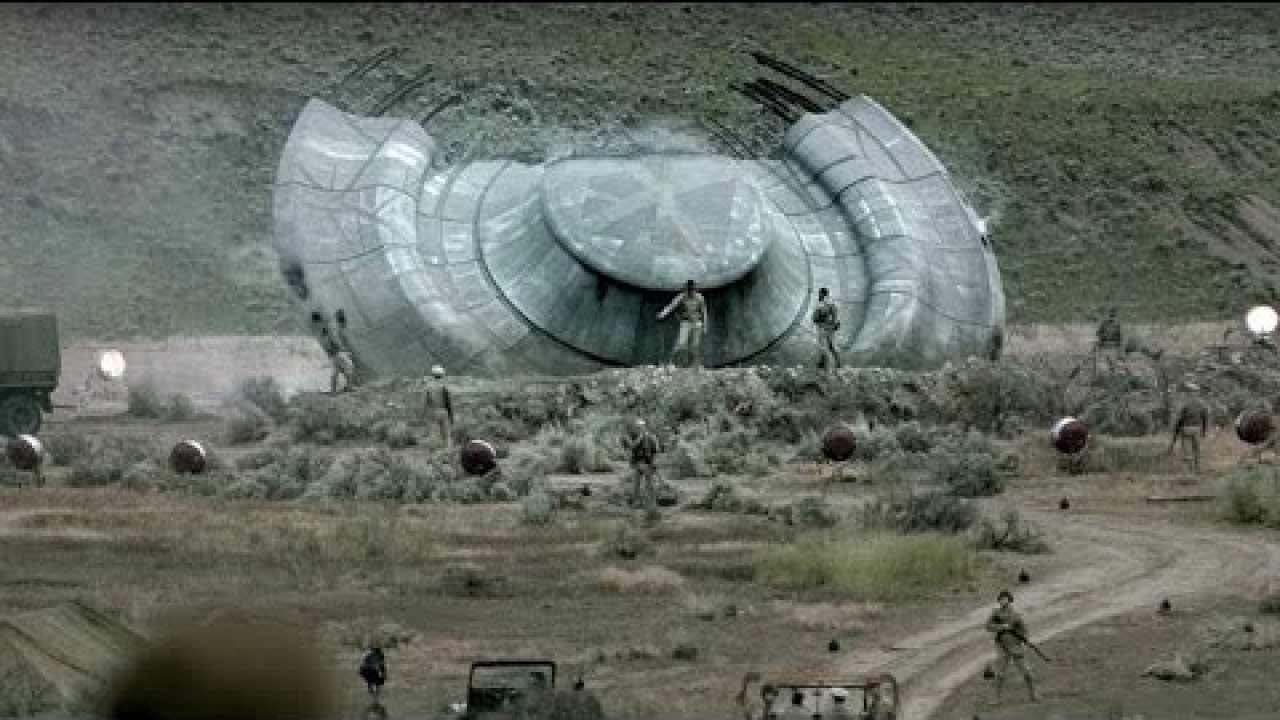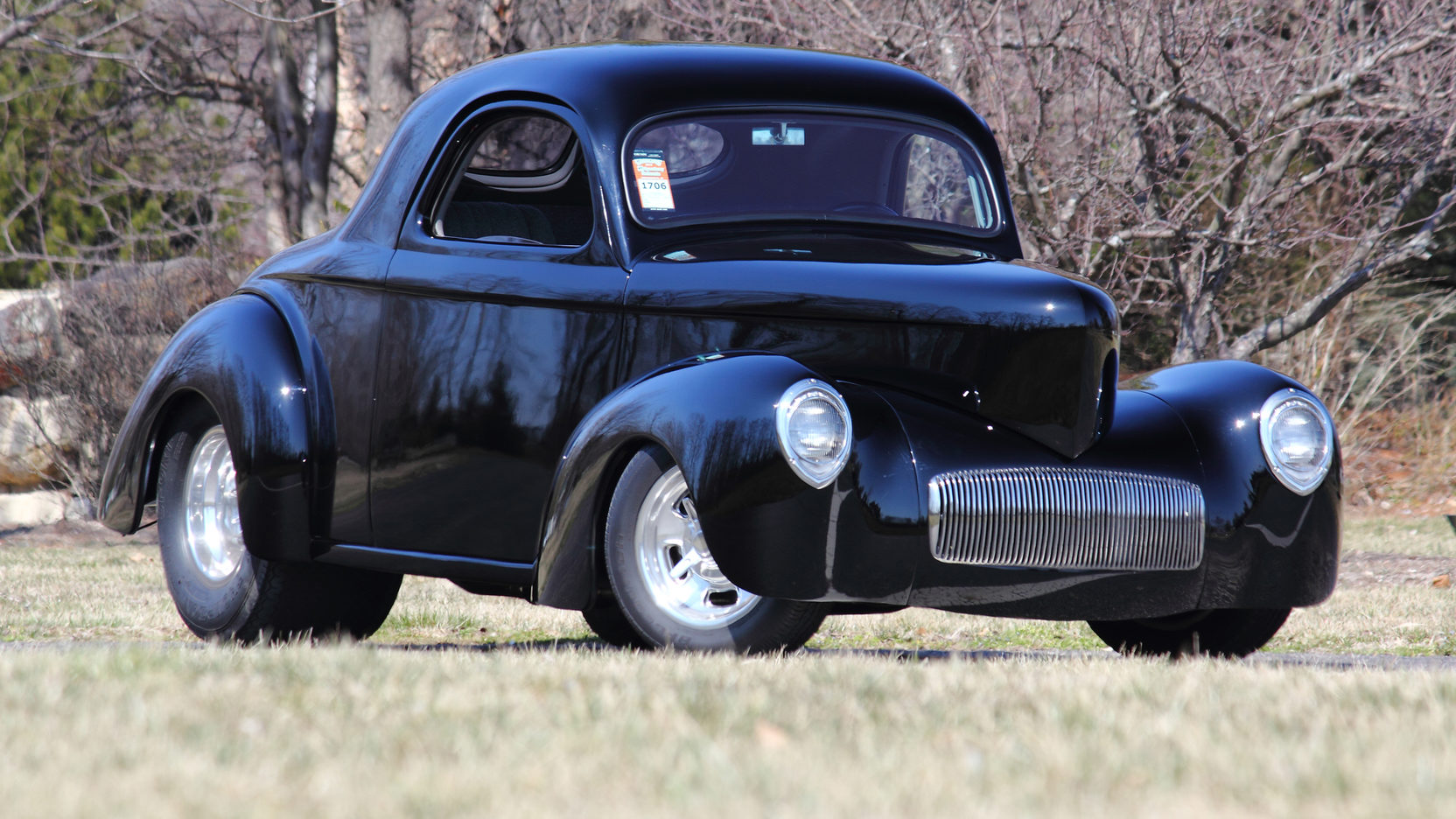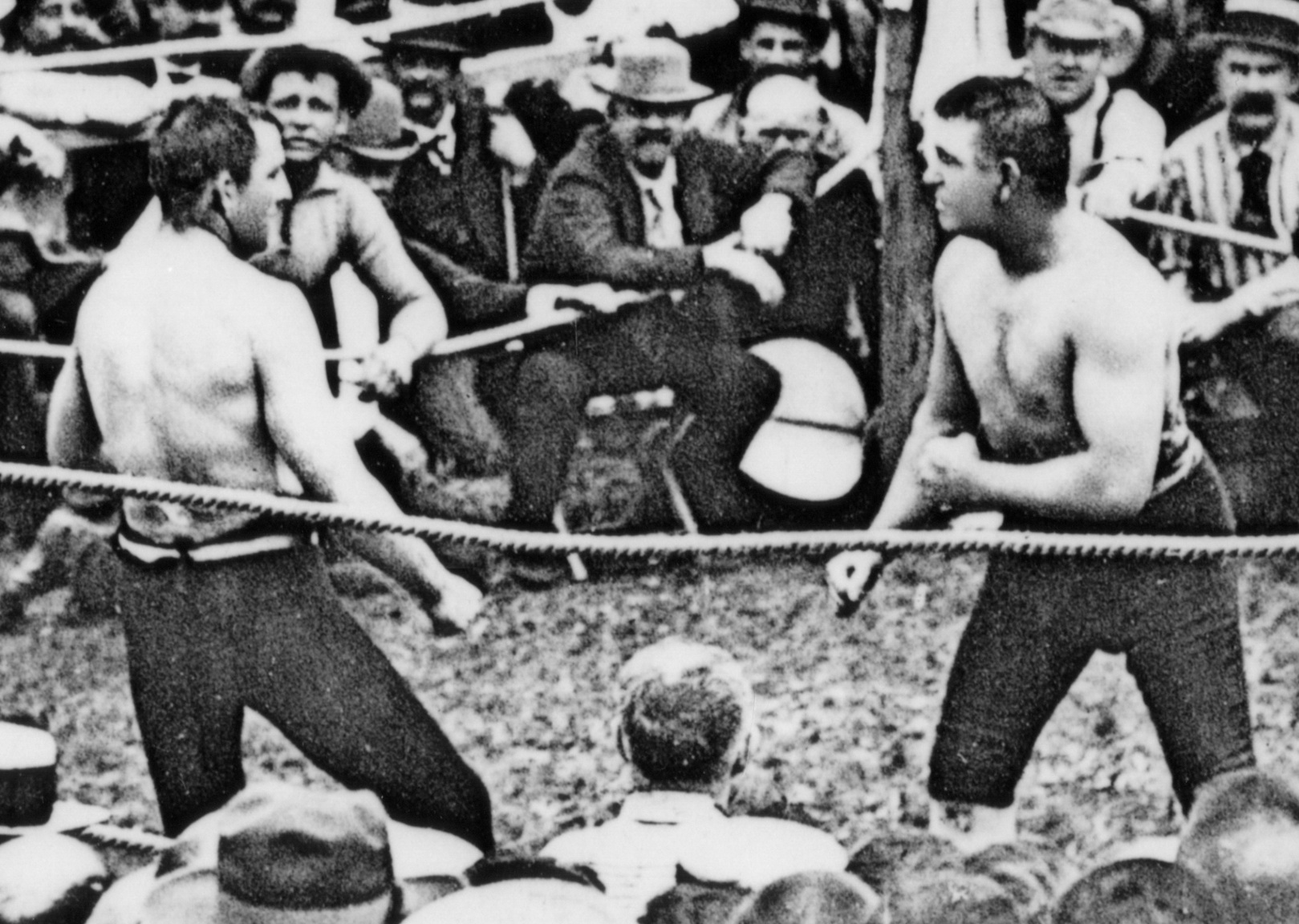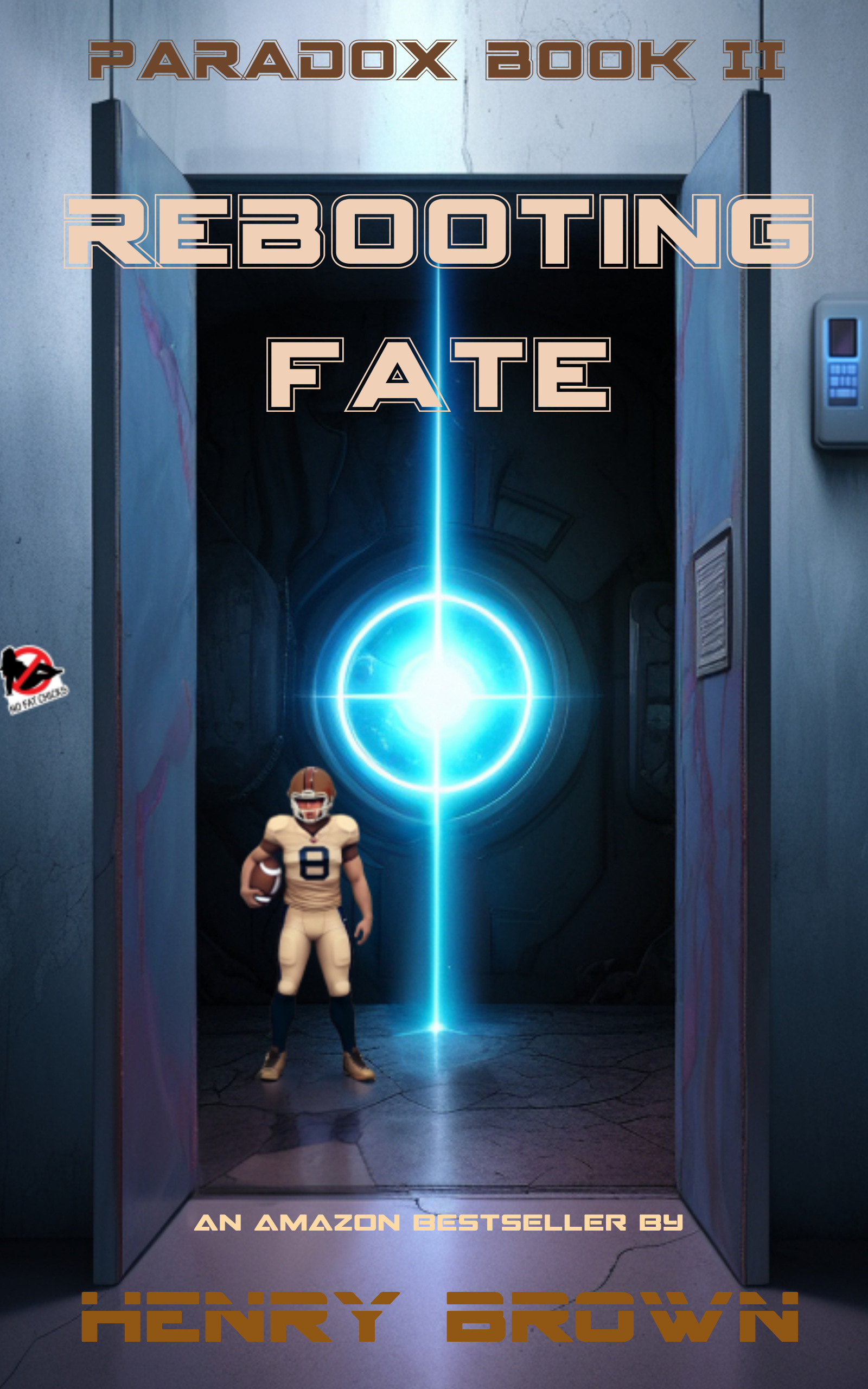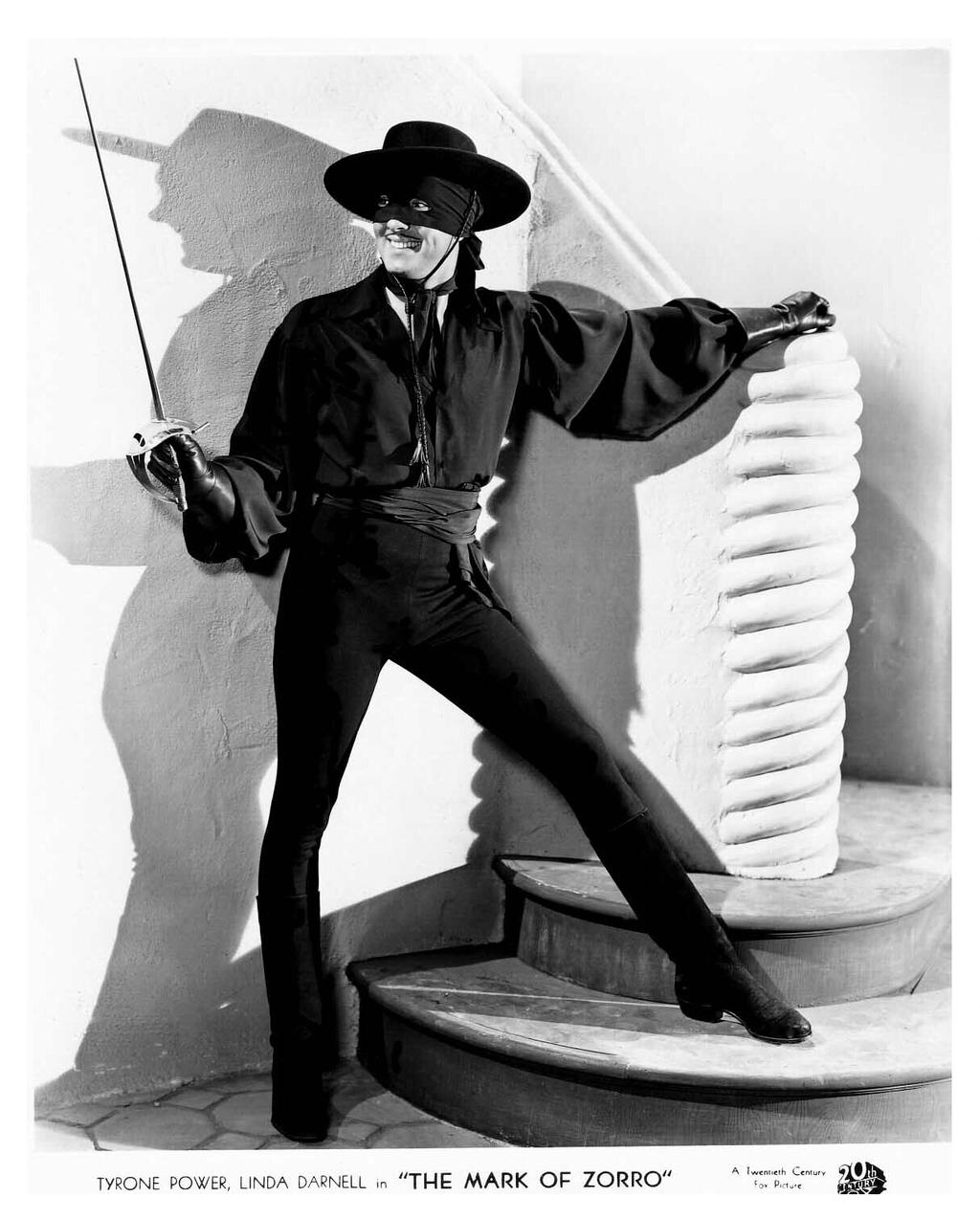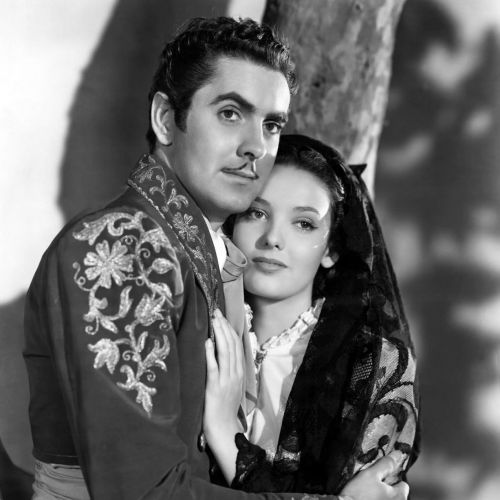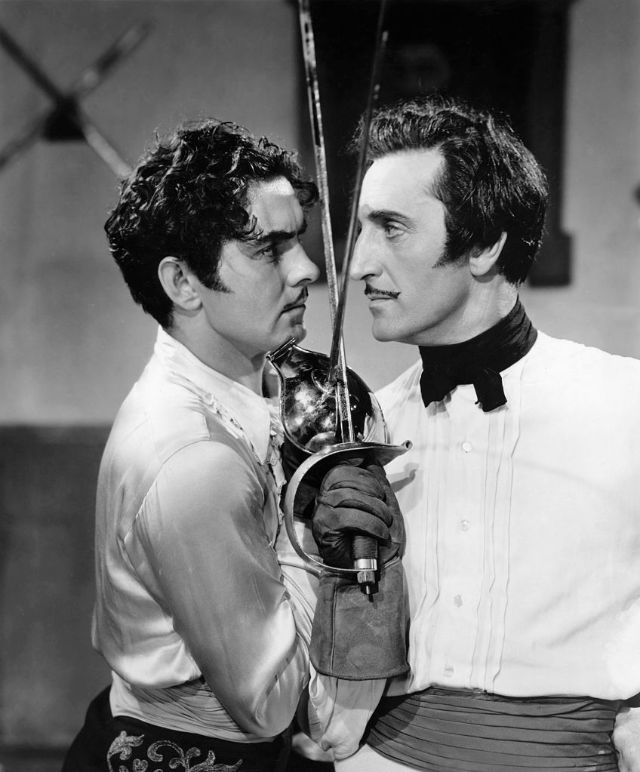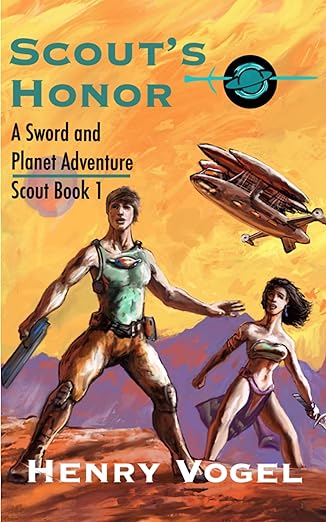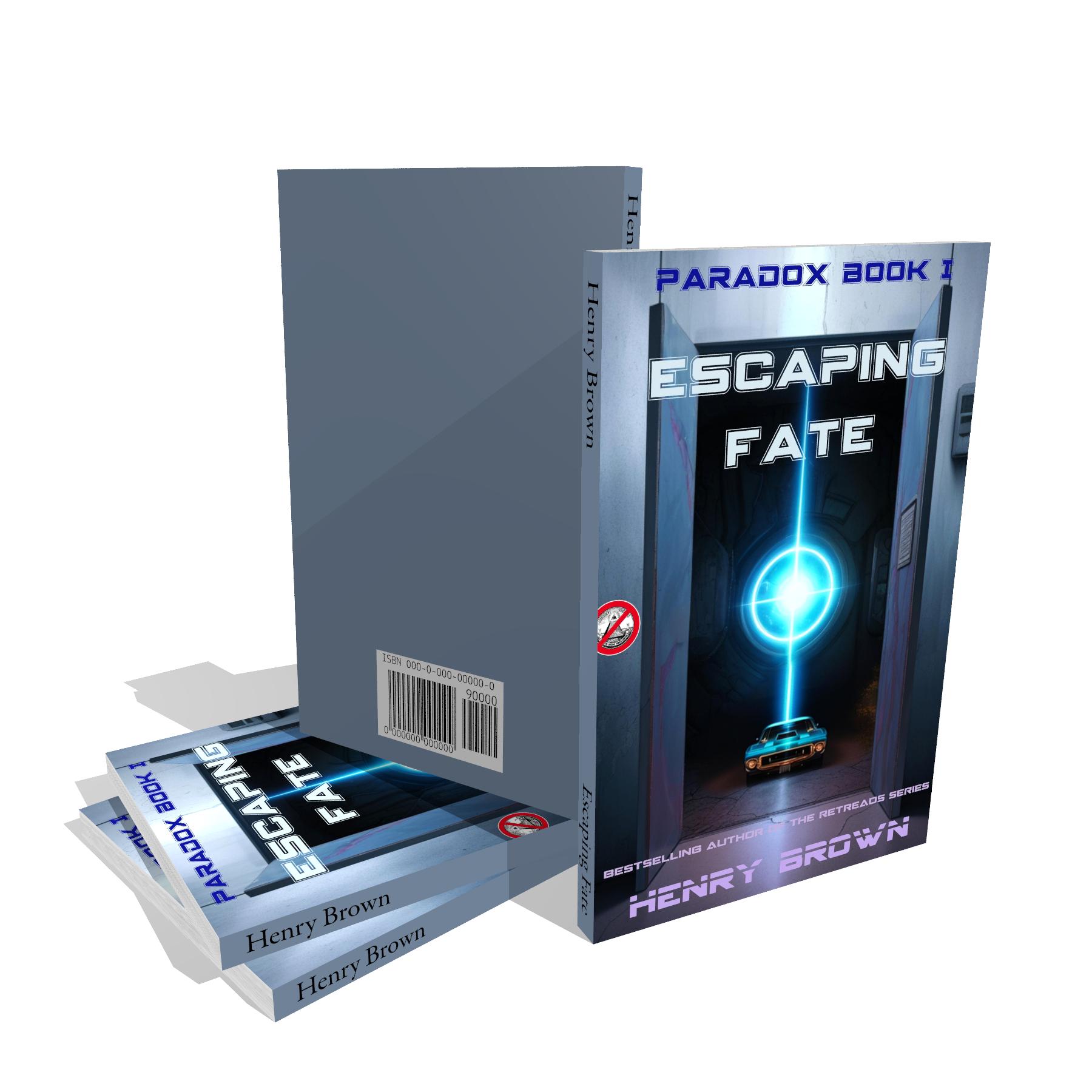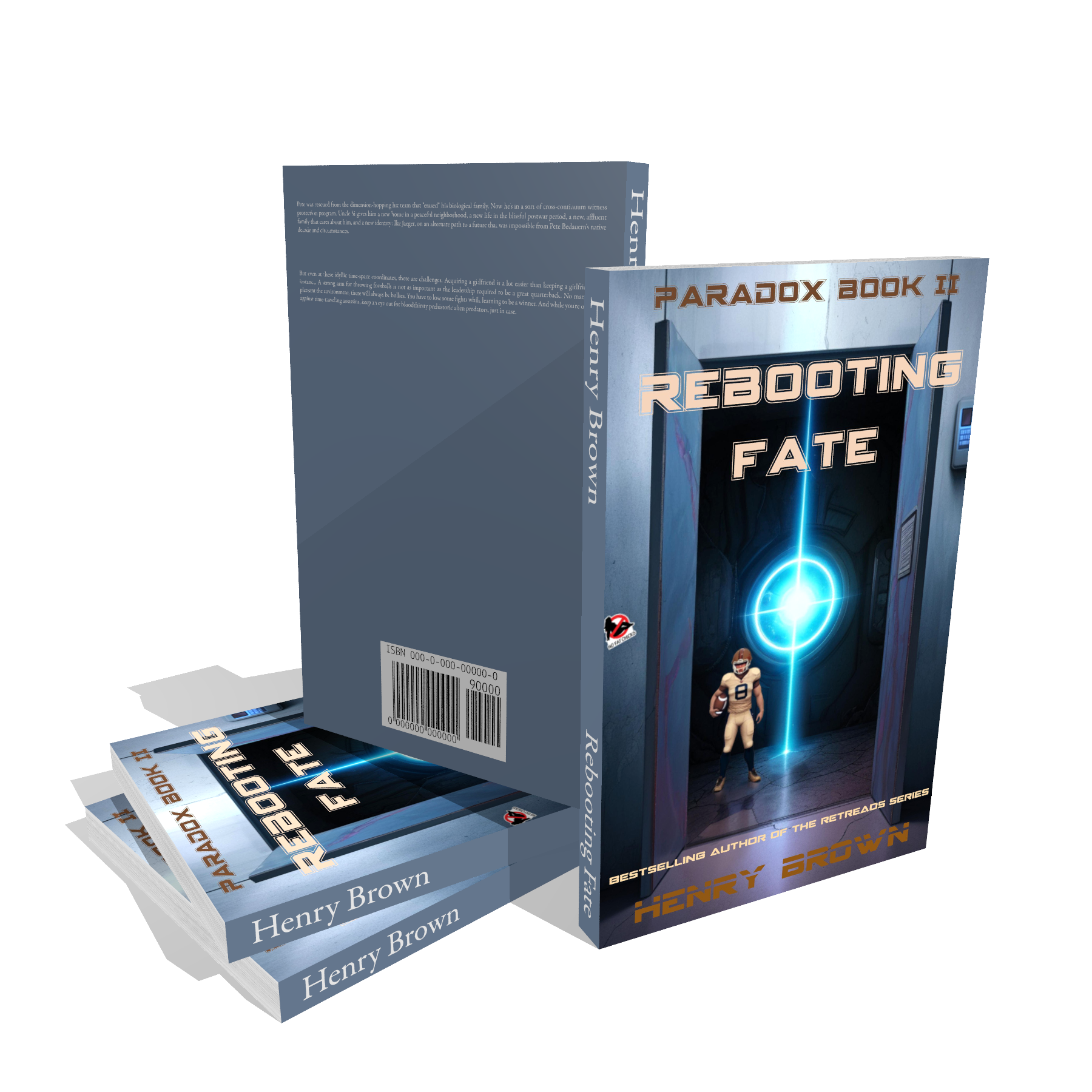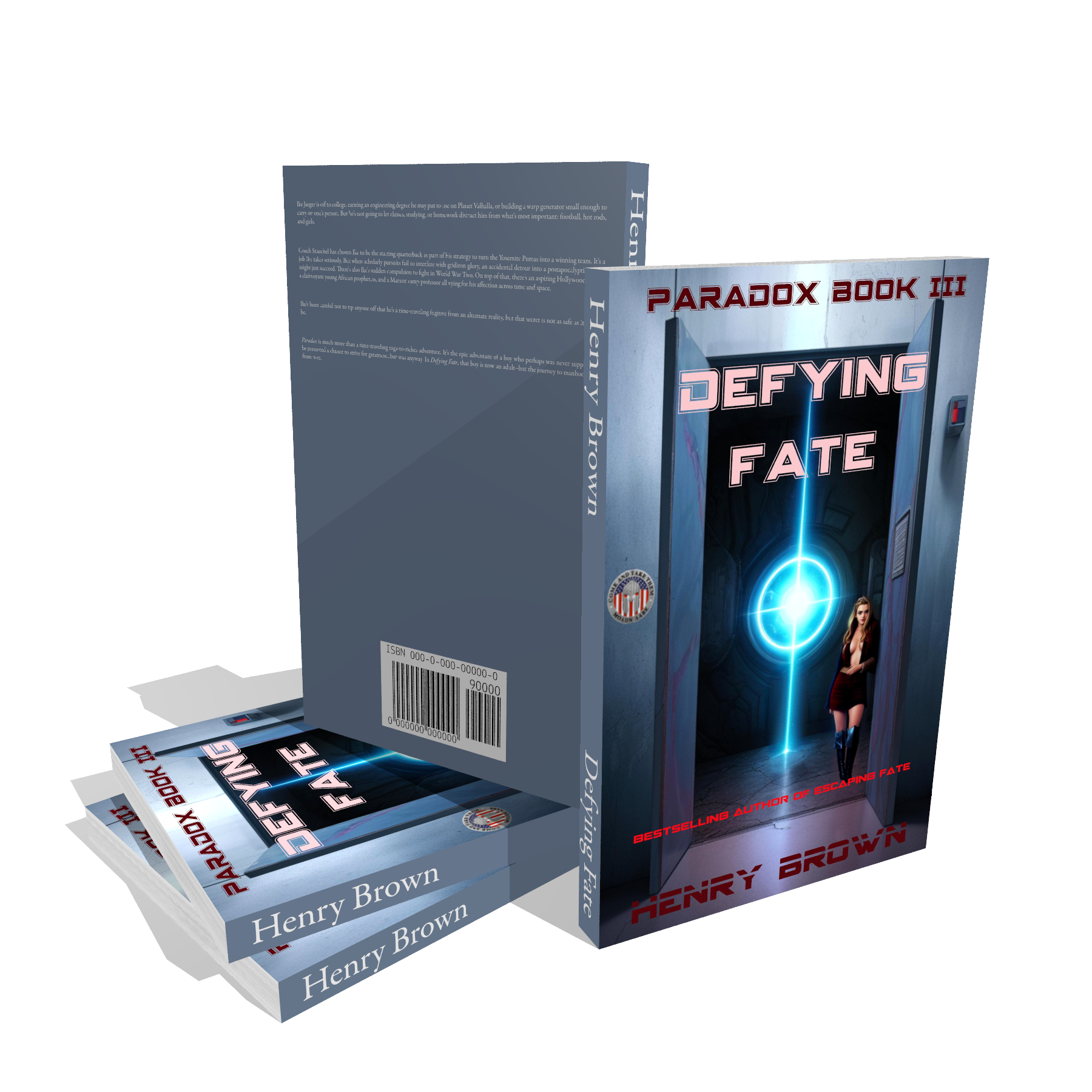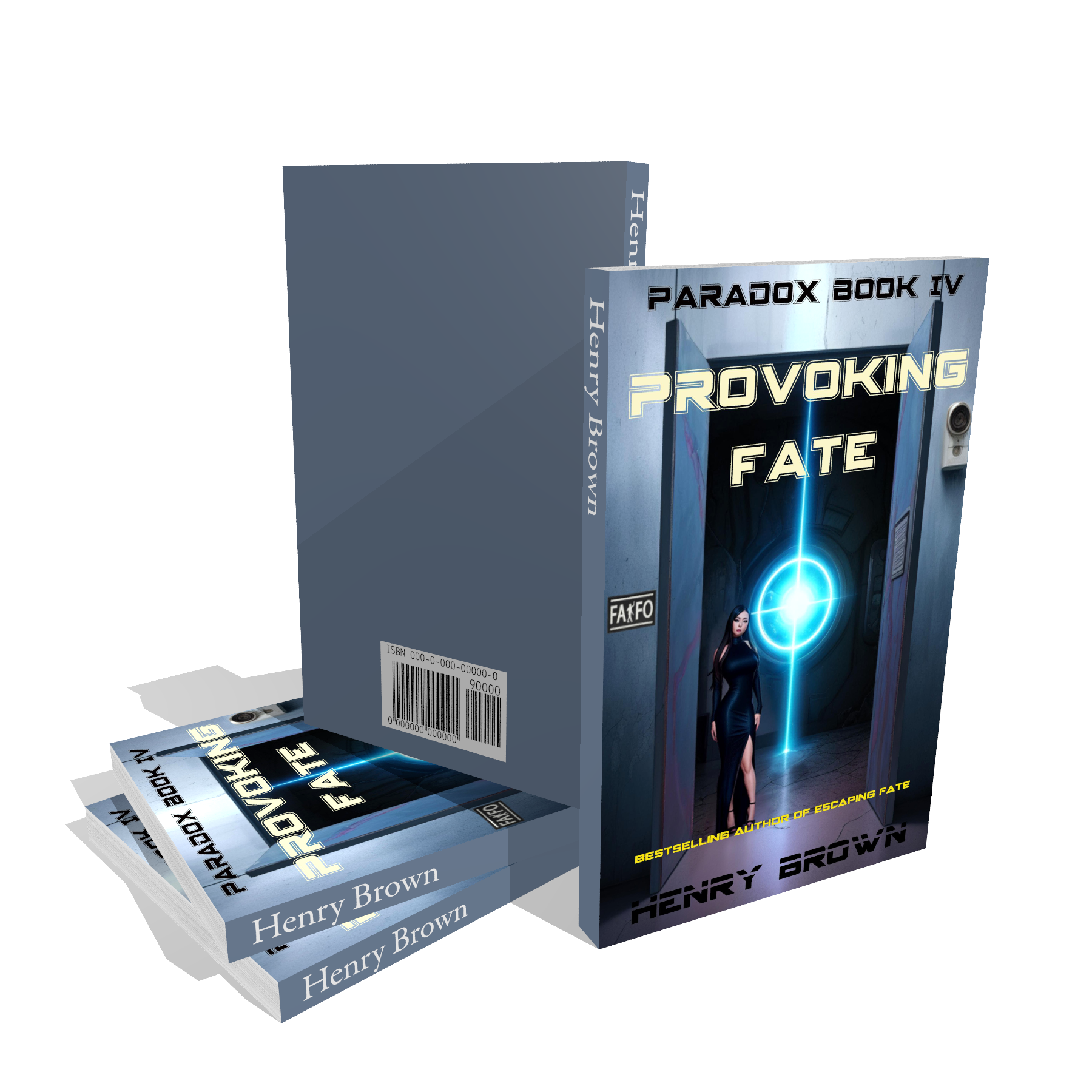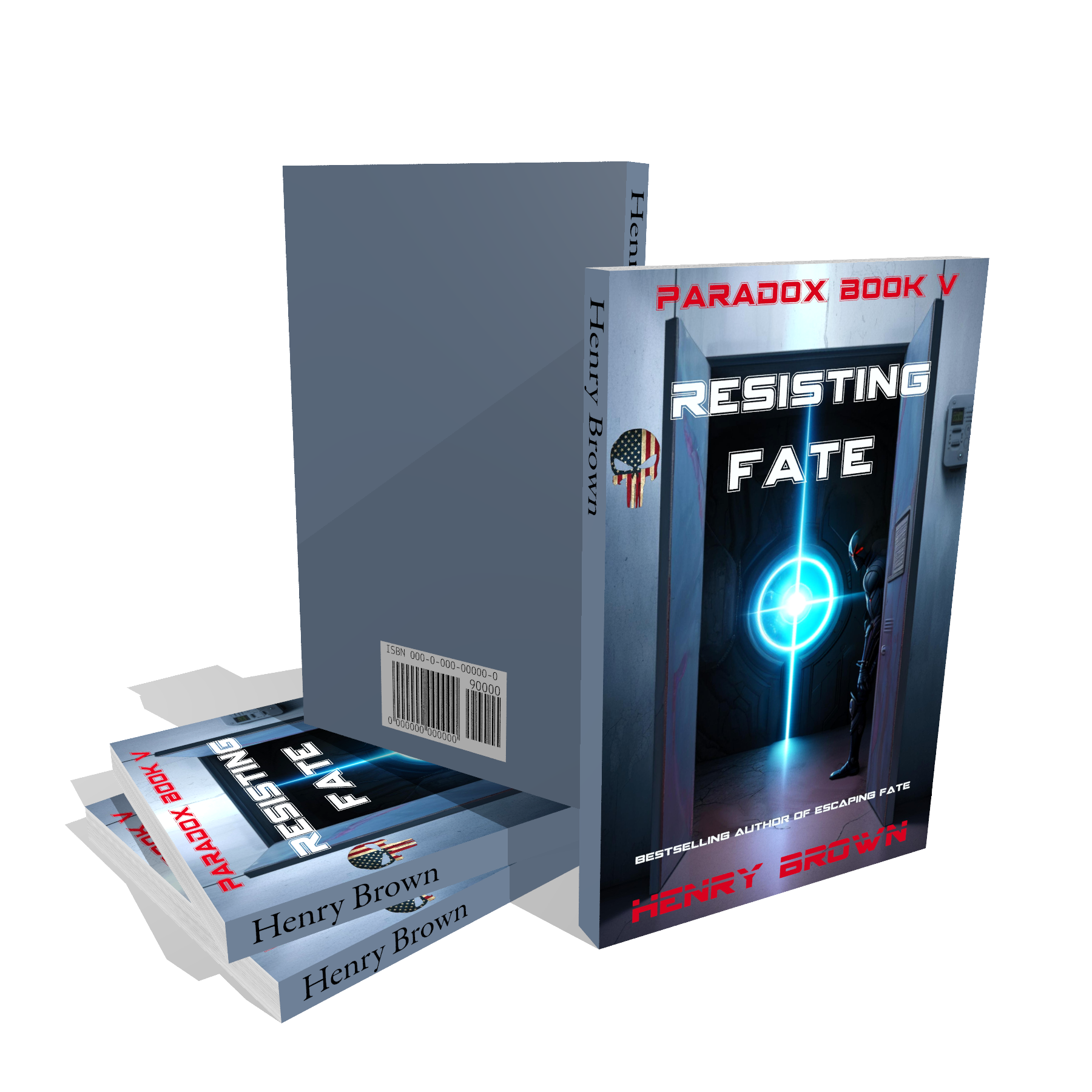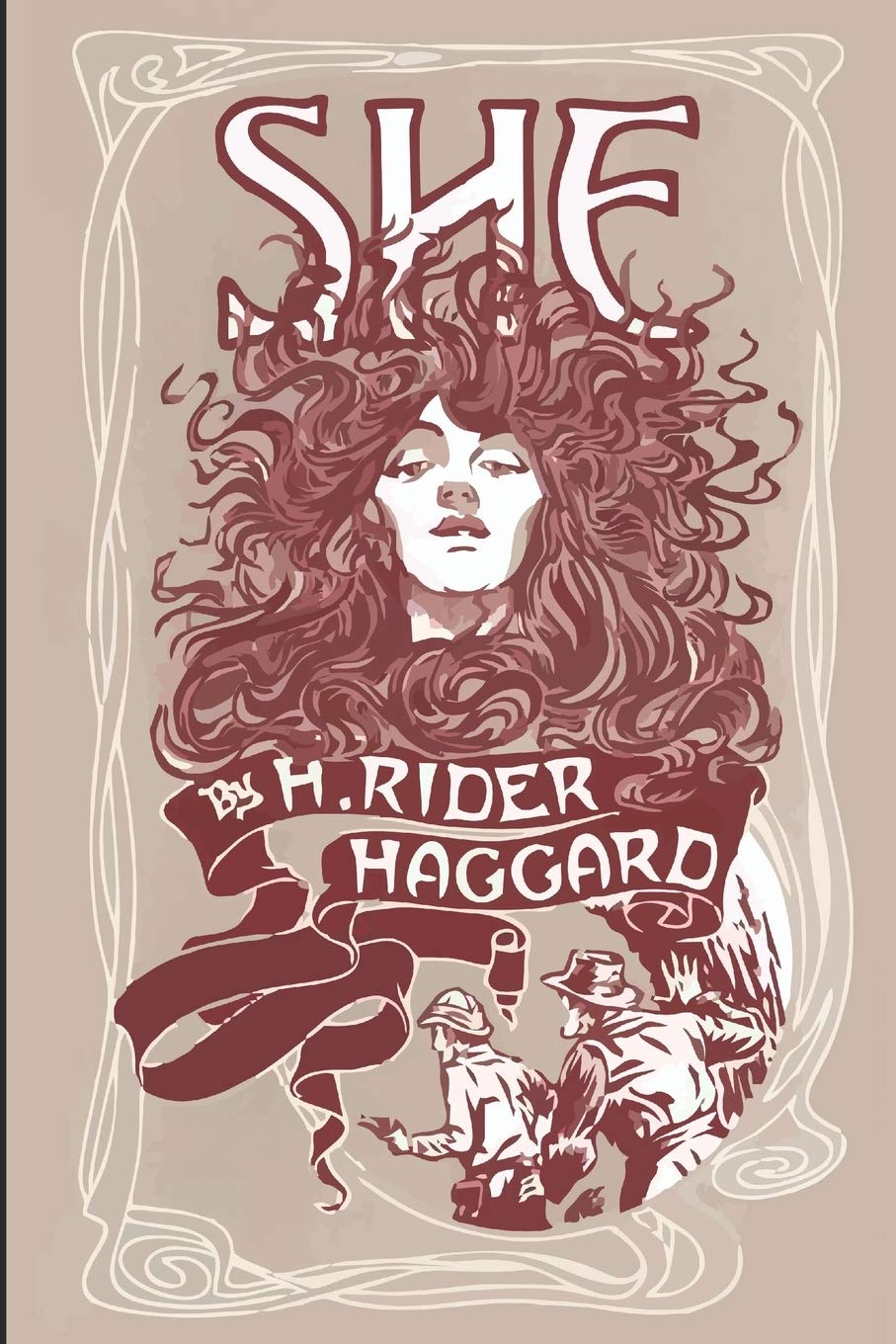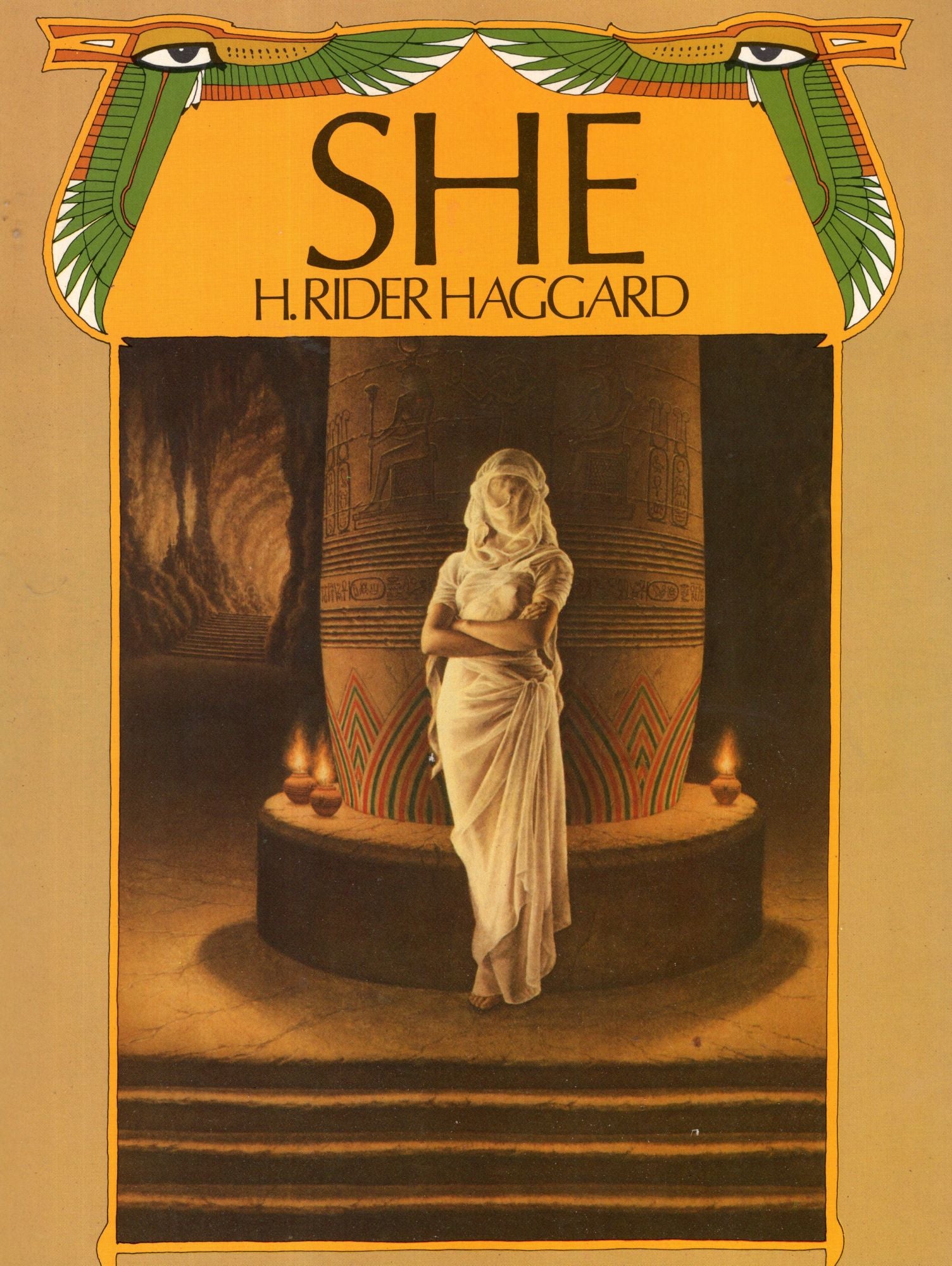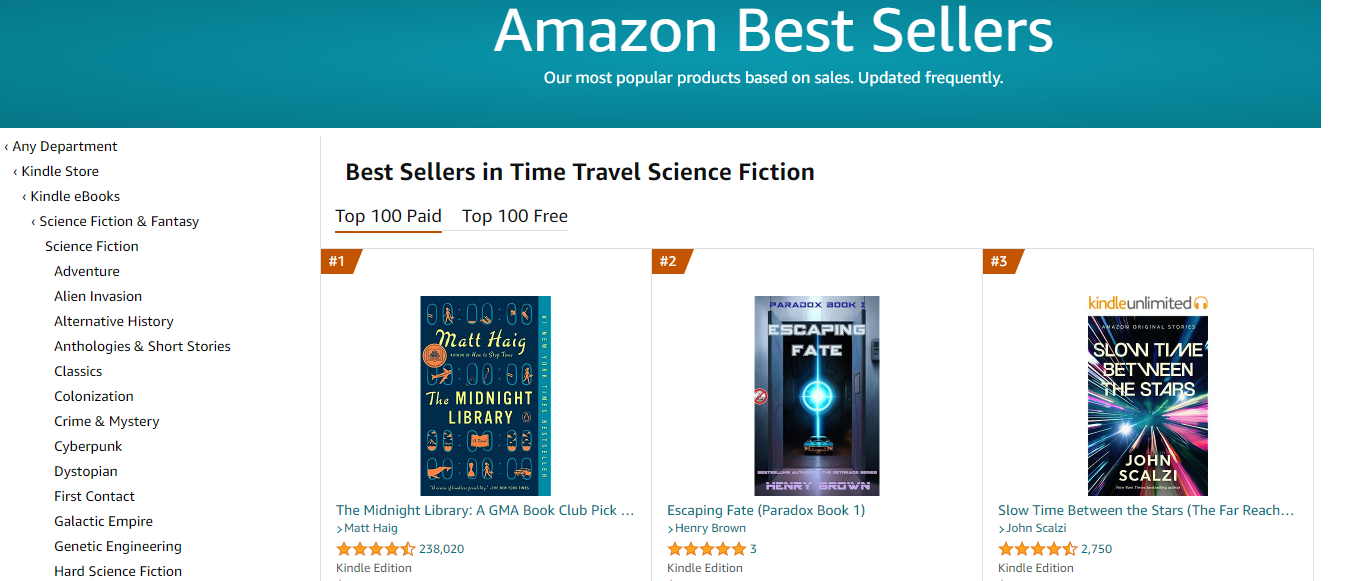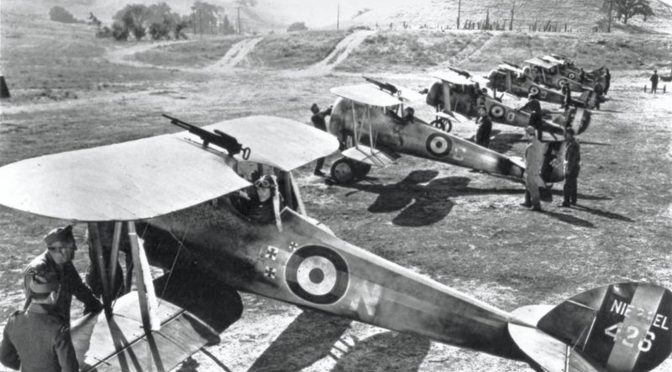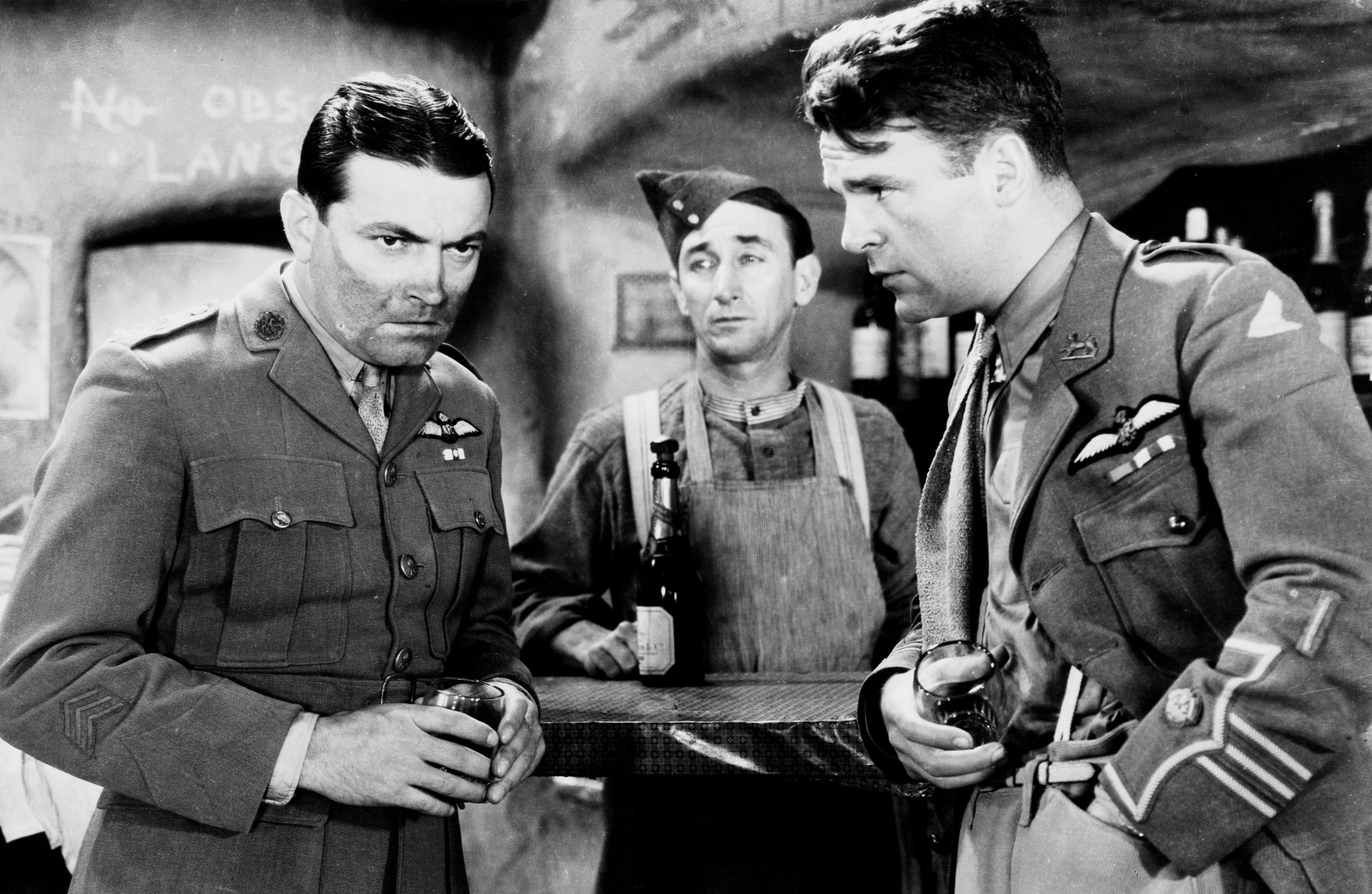TRENDS DIE OUT/LEGENDS LIVE ON:
King Solomon’s Mines by H. Rider Haggard
Reviewed by
![]()
I’ve said this before and I’ll say it again: Henry R. Haggard is the best adventure/exploration fiction writer of all time. The reason why he-and so many other authors of the past-excel to such an extent at their craft is because of a number of factors: first and foremost because these individuals did not live in a Google search engine society, but drew inspiration from first-hand experiences. They themselves traveled, explored, went on hiking trips, hunting, fishing, even went outside for walks! All this contributed to building a portfolio of experiences that resonate in the pages they wrote.
Haggard was an English writer of adventure novels set in exotic locations, predominantly Africa, and a pioneer of the Lost World literary genre. He was also involved in agricultural reform throughout the British Empire and spent many years traveling to those far and exotic places we read in his body of work. Haggard did not just Google search ‘Central Africa’– he spent time in Central Africa!
I’m not saying that all authors must travel or become explorers in order to write decent books, but we must admit that those life experiences clearly provide a net inspirational advantage.
Haggard writes in KSM: “How we enjoyed those marrow-bones, though it was rather a job to crack them! I know of no greater luxury than giraffe marrow, unless it is elephant’s heart, and we had that on the morrow.” Such a descriptive paragraph can only stem from that first-hand experience we’re discussing here. Very few modern writers can ‘go there’ (pun intended).
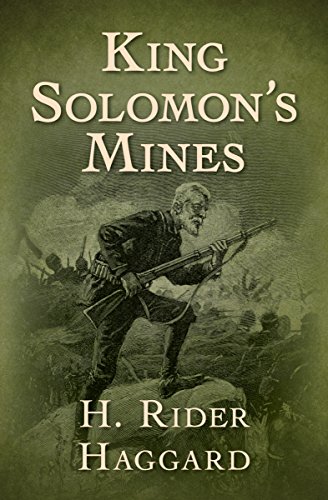
WRITING DEVELOPMENT:
This novel is from 1885 whereas She is from 1887. In those two years, Haggard’s writing style changed substantially. This earlier work is more straightforward, more action-oriented, and deals less with the metaphysical and the transcendental. If you prefer action/adventure with a taste for lost world narrative, this is IT. You won’t find any other novels from any time period that can match KSM!
PLOT:
We find our main character, Allan Quatermain, already advanced in age (50+) when he is recruited by Sir Henry Curtis and his partner, Captain Good, to join a rescue mission to find Henry’s brother who was last seen attempting to find the coveted diamonds allegedly located at King Solomon’s mine in Africa.
What Quatermain can’t predict is that in their voyage, the three men will find themselves stuck in a power struggle among local tribal chiefs, and they will have to pick sides and fight a fight that is not even theirs. But that’s necessary in order to move on with their mission and find Henry’s brother and the diamonds.
A SUPERIOR EXPERIENCE:
As you read KSM, you might feel tempted to go back and search the original date of publication. Why do I say this? But because the prose, the concepts, the plot lines are so rich, so full of life, so unpredictable at times that we might wonder how this was written when we didn’t have the technology of today! And that is exactly the valid point that raises the question: has modern technology aided in improving not only our writing skills, but also our powers of perception? How these XIX authors viewed the world obviously led to storytelling that is unmatched today. And if they were as closed-minded as we’ve been told, how could they conceive situations and circumstances modern writers can’t even grasp?
CONCLUSION:
King Solomon’s Mines is not just adventure pulp fiction, it is a treasure of Western literature. From Indiana Jones to Lara Croft and anything in between pales by comparison, and Allan Quatermain is the quintessential adventurer/hunter who will be immortalized through the ages as a TRUE LEGEND!
🦀

